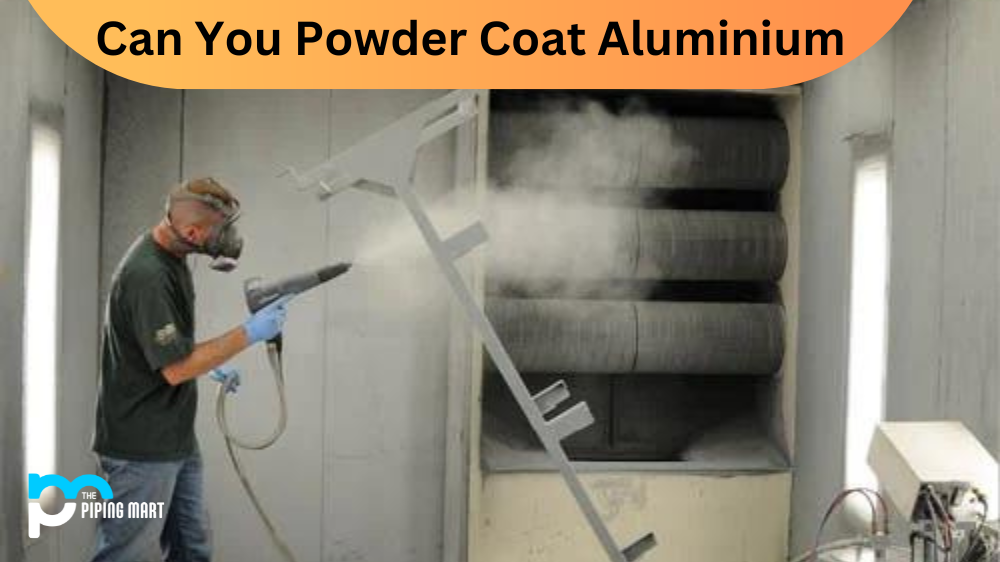Copper-nickel alloys are a type of metal used for a variety of applications. It is important for engineers, scientists, and other professionals who work with copper-nickel alloys to understand their melting points. In this blog post, we will discuss why the melting point of copper-nickel alloys is important, as well as provide an overview of the different copper-nickel alloy melting points.
The melting point of a material is the temperature at which it transitions from a solid to a liquid state. The melting point of copper-nickel alloys (1100-1145*C ) is important because it helps us understand how they will behave at different temperatures. It also allows us to select the right material for our application. For example, higher temperatures may require materials with higher melting points to maintain their structural integrity and avoid damage or deformation.
Different types of copper-nickel alloys have different melting points, so it’s important to know which type you are dealing with before working with them. Generally speaking, low-nickel content alloys (those containing less than 10% nickel) have lower melting points compared to high-nickel content ones (those containing more than 10% nickel). For example, an alloy containing 5% nickel has a melting point of around 1200°C while one containing 30% nickel has a much higher melting point of around 1450°C.
It’s also important to note that other factors can affect the melting point of copper-nickel alloys, such as impurities and composition variations. Impurities can lower the overall strength and stability of the alloy and therefore reduce its overall melting point like in many other metals. Composition variations can cause slight differences in the physical properties and thermal behavior between two samples made from the same alloy but with slightly different compositions (i.e., two samples made from an alloy with 20% nickel may exhibit slightly different behaviors due to minor composition variations).
Conclusion:
In conclusion, understanding how copper-nickel alloys melt at different temperatures is critical for anyone who works with them regularly or plans on using them for certain applications. Low-nickel content alloys tend to have lower melting points compared to high-nickel content ones and impurities or composition variations can cause additional differences in behavior between two seemingly identical samples made from the same alloy but with slightly different compositions. Knowing these facts can help you make informed decisions when selecting materials for your application needs!

Pipingmart is a B2B portal that specializes in metal, industrial and piping items. Additionally, we share the latest information and information about materials, products and various types of grades to assist businesses that are involved in this business.




